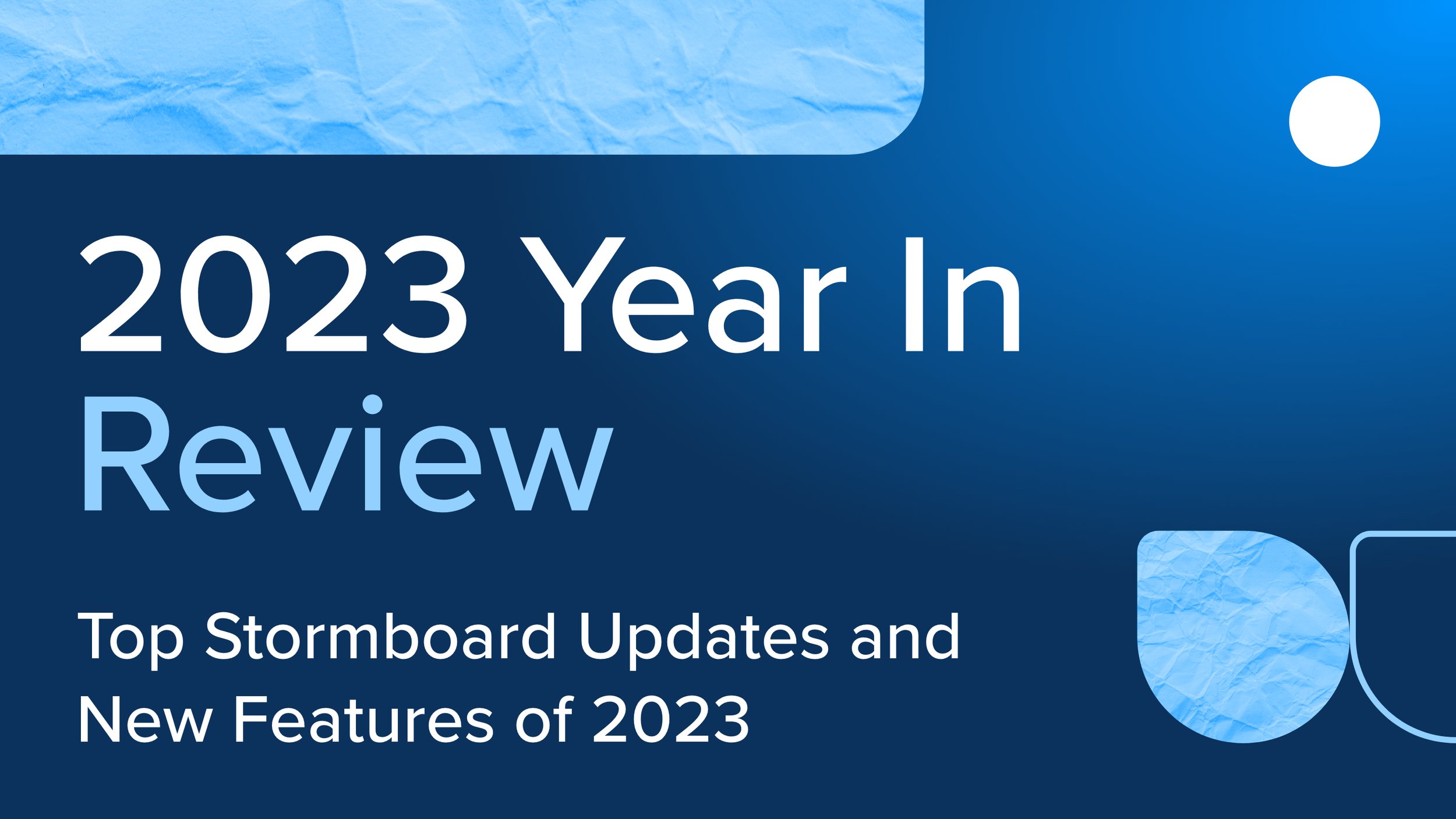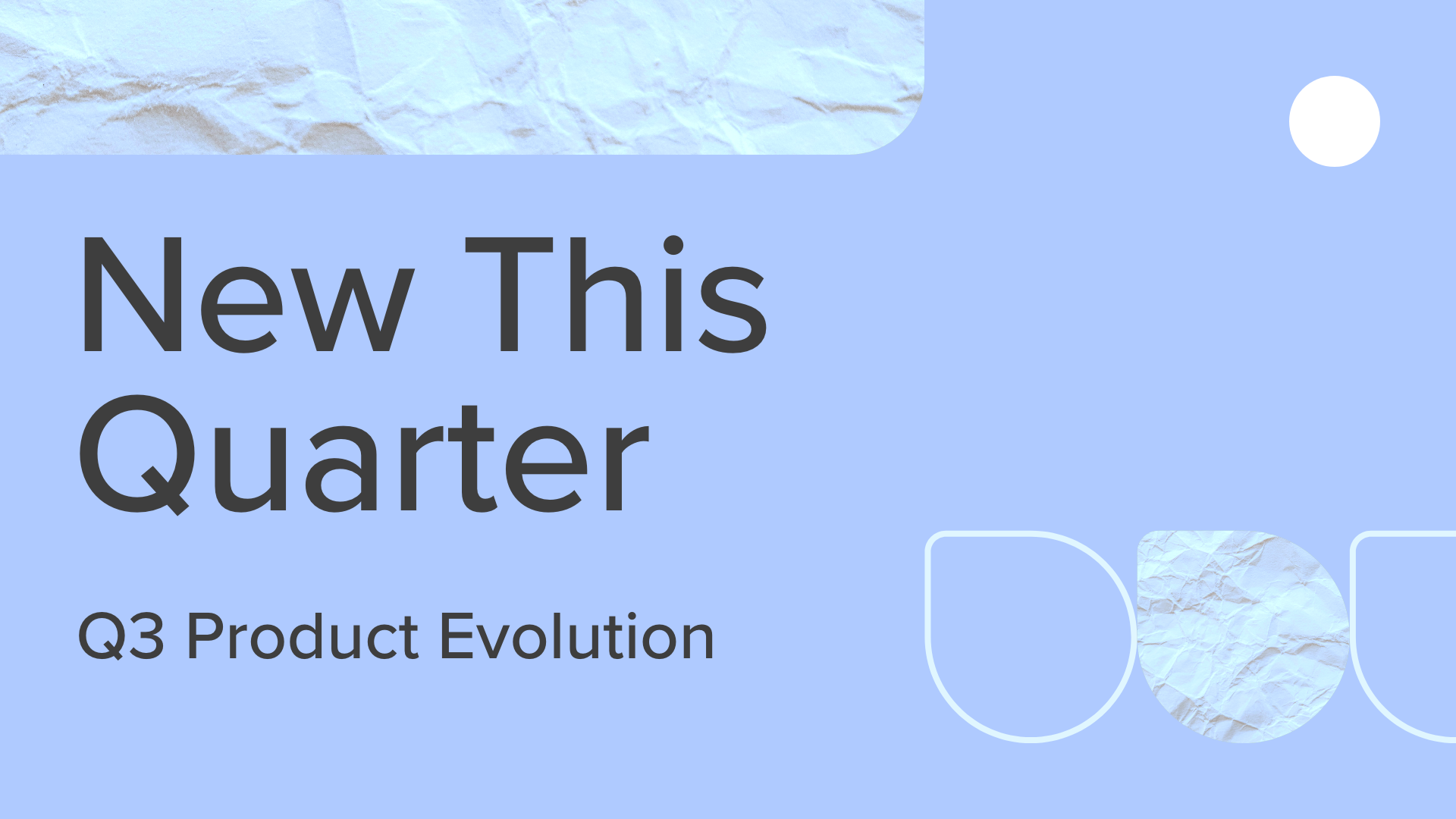7 Steps To More Effective And Creative Brainstorming
Creative ideas don’t just appear out of nowhere — any executive standing at the front of a boardroom trying to lead an effective brainstorming session can tell you that.
Different people require varied times, places, and spaces to come up with the best ideas, and being forced into a stuffy room and pressured to come up with a new product or a hot new marketing strategy doesn’t work with the ebb and flow of an individual’s creative energy.
People usually end up feeling pressured, they get overwhelmed, and then shut down, leading to an ineffective, uninspired meeting — a waste of everyone’s time.
But, there are ways to make your brainstorming sessions more inspired, creative, and effective (using Stormboard to conduct your meetings for example) and writer Davis Kadavy has proposed seven steps to help you get there in his article To Be a Creativity Machine, Arrange Your Time and Tasks According to These Seven Categories. A former product designer in Silicon Valley and author of Design for Hackers: Reverse-Engineering Beauty, Kadavy has pulled inspiration for his seven steps from a speech made by German scientist Hermann von Helmholtz:
Often … [ideas] arrived suddenly, without any effort on my part, like an inspiration.… They never came to a fatigued brain and never at the writing desk. It was always necessary, first of all, that I should have turned my problem over on all sides to such an extent that I had all its angles and complexities “in my head.” … Then … there must come an hour of complete physical freshness and quiet well-being, before the good ideas arrived. Often they were there in the morning when I first awoke.… But they liked especially to make their appearance while I was taking an easy walk over wooded hills in sunny weather.”
In other words, creative ideas can’t come when you are trying to force them to. They take time to rise to the surface, and this usually doesn’t happen in the confines of a boardroom. This is a concept that Stormboard was created to help tackle — allowing people to add ideas to a brainstorming meeting when they come up with them, not when they are forced to.
Kadavey’s seven categories are designed to help creative ideas percolate and prevent individuals from burning out or getting distracted (think scrolling through Facebook during a long meeting at work).
His categories, or steps, to coming up with more creative ideas are: Prioritize, Generate, Explore, Research, Recharge, Polish, and Administrate.
Here’s how Stormboard can help you apply Kadavey’s seven categories in the real world, and make your brainstorming meetings more creative and effective.
Prioritize
In order to be effective, you can’t be overwhelmed.
Setting priorities or tasks for yourself, or your team, that have to be accomplished by certain, specified times helps everyone stay focused.
Stormboard allows you to set up To-Do lists and tasks within Storms that can be assigned to anyone on your team. Deadlines can be easily set, and it is easy to make sure that everyone knows what they are responsible for, well before a meeting is even held. This also prevents people from getting overwhelmed or feeling like a sudden, unexpected demand to come up with a creative solution is disrupting their workflow.
Generate
Once tasks have been prioritized, there is now mental space to come up with ideas. And people generate ideas in different ways. Some go for a run, other’s paint, or, if you’re like me, a glass of wine does wonders for idea generation. Whatever you need to do to get the creative juices flowing, I can guarantee they do not involve sitting in a boardroom.
Stormboard allows users to contribute in real-time from wherever, and whenever, inspiration strikes, meaning that even if that great idea comes hours after a meeting, or weeks before, it can be added to the Storm at the moment of its inception.
Explore
In order to refuel and get inspired, it’s important to Explore the things that you find interesting. Learning about something new, or learning more about something that you find fascinating can help you with idea generation, “[w]hen you Explore, you collect the raw materials for the insights you’ll have when you Generate.”
Holding a brainstorming session on Stormboard allows your team the time to Explore what inspires them outside of the boardroom, and even better, to share these inspirations with their team — you can add photos, videos, memes, links, documents and more to Storms.
Research
No one is an expert. To solve any problem, or come up with new ideas, you are going to have to do some research. But, the key is doing the research after you Generate ideas and not before. According to Kadavey, “When you Research a problem before you Generate, you set the context for solving the problem. When you Research after you Generate, you answer the questions you encountered while trying to solve the problem.”
Like with inspiration that comes from Exploring, Research conducted by your team can be added to your Storm in real-time and can be assigned and acted upon by members of your team quickly and efficiently.
Recharge
In order to come up with great ideas, sometimes you need to take a step back to recharge. It’s often the case that as soon as you allow your mind to rest and refuel the best ideas start flowing.
The best part about Stormboard is that the brainstorm never stops. Your team can step away from the Storm, with the confidence that their information is secure and will still be there when they are rested and ready to come back to it.
Polish
You can’t present a disjointed, messy brainstorm to your executive team, board, or clients, no matter how good your ideas are. They have to be refined and polished before they go beyond the confines of your creative space.
In Stormboard you can co-edit documents using Microsoft 360, or run professional-looking reports that can also be edited and then sent directly to clients straight from your Storm!
Administrate
In order to make sure that you have mental space for creative ideas to flow, there has to be time to take care of administrative tasks like returning emails, paying bills, sending invoices, etc.
Because Storms can always be returned to, it’s easy to pause your meeting or brainstorm in order to give your team time to take care of their day-to-day tasks and then return focused and ready to contribute their best ideas!
Get Started
Start using Stormboard for more effective and creative brainstorming sessions today! Can’t find what you’re looking for? Contact us today!









